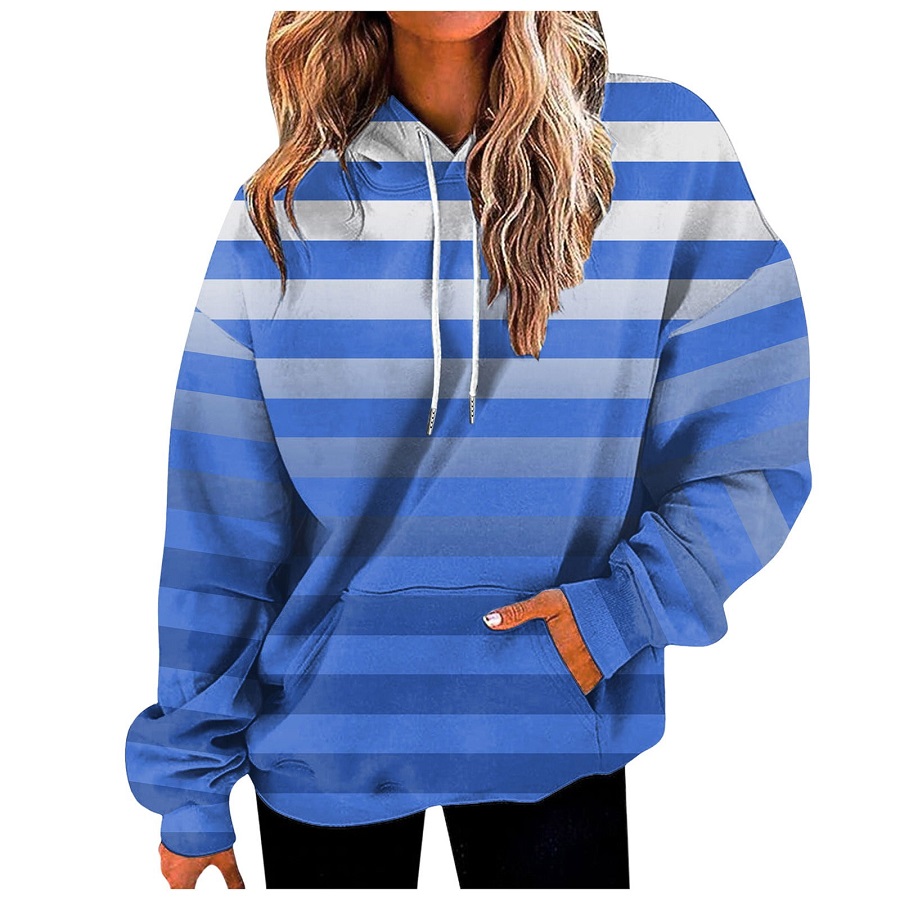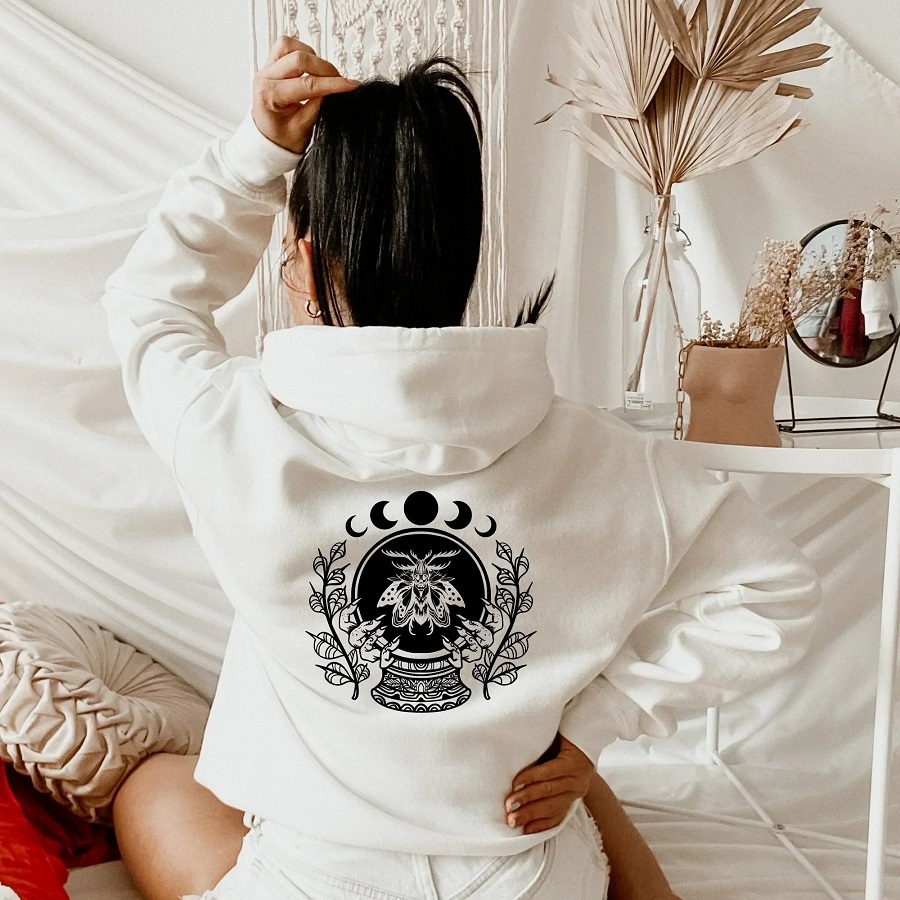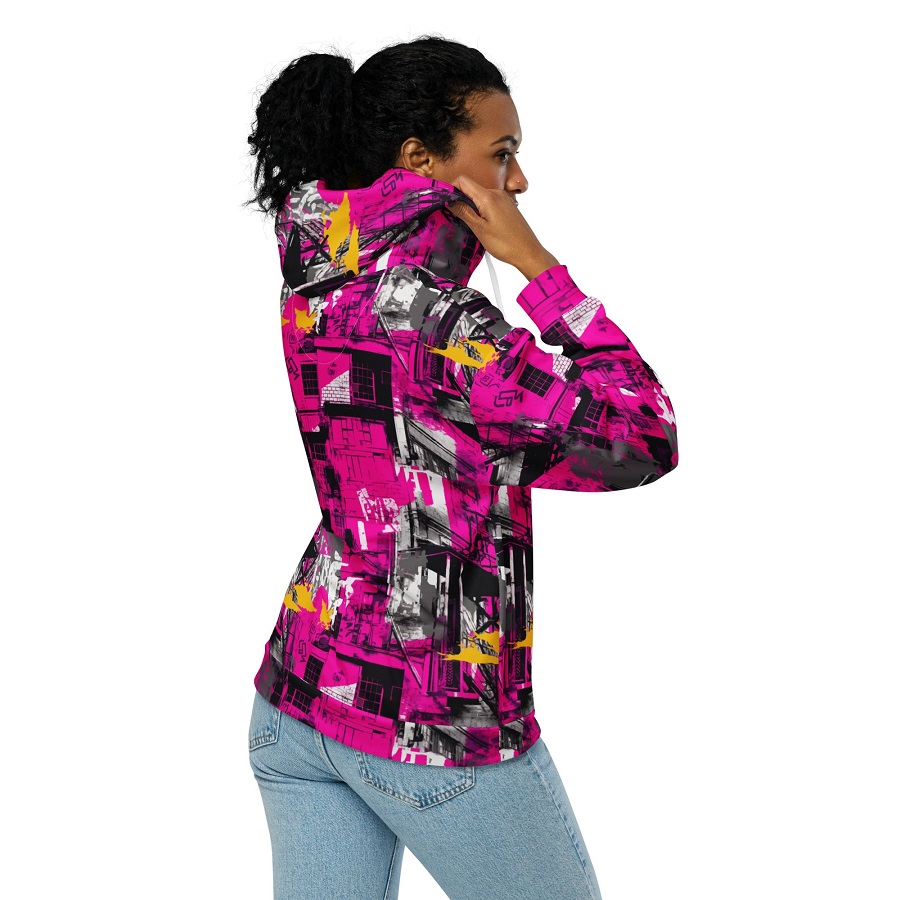Introduction
In the lexicon of contemporary fashion, few items boast the versatility and cultural significance that urban hoodies possess. Emerging from the gritty corners of city life, these garments have transcended their utilitarian roots to become essential pieces in the wardrobes of fashion-forward individuals across the globe. From high fashion runways to everyday street style, hoodies encapsulate a blend of comfort, rebellion, and innovation, reflective of the ever-evolving narrative of urban culture.
A Historical Context
Hoodies first gained popularity in the 1930s when they were designed as functional workwear for laborers, providing warmth and comfort. However, it wasn’t until the 1970s and 1980s that they began to infiltrate youth subcultures, synonymous with hip-hop, skateboarding, and the nascent tech movement. Streetwear brands like Stüssy and Supreme propelled the hoodie into the spotlight, turning it into a canvas for self-expression and an emblem of societal rebellion.
Fast forward to the early 21st century, and the hoodie has cemented its status in mainstream fashion. Designers like Off-White’s Virgil Abloh and Balenciaga’s Demna Gvasalia have incorporated hoodies into luxury collections, showcasing that this piece is adaptable for both haute couture and street style. The hoodie epitomizes a crucial shift in fashion—a move towards blending comfort with high-end aesthetics.
Defining Urban Style
At its core, urban style is about functionality married with a strong sense of identity. The rise of hoodies in contemporary fashion is emblematic of larger social movements that prioritize comfort and inclusivity. For millennials and Generation Z, wearing a hoodie is not just a fashion choice but a statement. It represents a rejection of traditional dress codes associated with formal wear, advocating for a casual, relaxed demeanor that reflects the fast-paced urban lifestyle.
The street style movement has been propelled by social media platforms like Instagram and TikTok, where influencers and everyday individuals showcase their unique interpretations of urban fashion. The hoodie, with its adaptability and unisex appeal, fits seamlessly into this narrative, allowing wearers to express their individuality while navigating the demands of everyday life.
Fashion Versatility: Styling the Hoodie
One of the most commendable attributes of the urban hoodie is its versatility. It can be styled in numerous ways, transcending gender norms and creating numerous looks suitable for diverse occasions. Here are some ways to incorporate hoodies into your wardrobe:
- Layering Mastery: For colder months, hoodies can be layered under oversized jackets or overcoats. Pair them with high-waisted jeans, combat boots, or sneakers for that quintessential urban look. The layering allows for a variety of textures and styles, satisfying both comfort and aesthetics.
- Accessorizing: Pairing a hoodie with accessories like beanies, bucket hats, or crossbody bags can elevate the entire outfit. Bold statement pieces, including chunky jewelry or colorful sneakers, can also add a layer of individuality, allowing wearers to express their personal style.
- Streetwear Combinations: Combine hoodies with joggers or cargo pants for a laid-back, cohesive look. This combination is not just about comfort; it’s about exuding effortlessness while staying stylish. Brands like Fear of God Essentials have popularized this look, emphasizing the idea of elevated casual wear.
- Tailored Touch: For a more sophisticated take, try wearing a hoodie under a structured blazer or tailored coat. This surprising juxtaposition allows for a trendy yet polished appearance, perfect for both casual Fridays at the office or dinner outings.
- Athleisure Aesthetic: The athleisure trend has been crucial in popularizing hoodies. Pairing them with leggings or joggers, alongside stylish sneakers, creates a chic yet comfortable outfit suitable for everything from brunch to a day at the gym.
Sustainable Urban Fashion
As the fashion world increasingly turns its attention towards sustainability, the hoodie is at the forefront of this philosophical shift. Many brands now prioritize eco-friendly materials and ethical production methods, reflecting a growing awareness of fashion’s environmental impact. Designers are experimenting with organic cotton, recycled materials, and sustainable dye methods to produce hoodies that not only look good but also promote conscious consumerism.
Moreover, the rise of thrift culture and upcycling has seen a resurgence of vintage hoodies, furthering the sustainability conversation. The allure of finding rare pieces with a history, combined with a commitment to reducing waste, resonates strongly with the younger fashion-savvy generation. Thrifting has become a stylistic choice and a vital part of the anti-fast-fashion movement, encouraging consumers to cherish and repurpose their clothing.
The Influence of Pop Culture
The hoodie’s status as a cultural artifact is largely fortified by its presence in pop culture. From celebrities donning oversized hoodies to music artists like Travis Scott and Billie Eilish making them staples in their wardrobes, the hoodie has become synonymous with fame and influence. It often serves as a canvas for self-promotion, adorned with logos, slogans, and artwork that resonate with their audience.
Moreover, television series and films have played a significant role in cementing the hoodie’s status as a symbol of youth culture and rebellion. Characters from shows like “Stranger Things” and “Euphoria” flaunt hoodies, presenting them as items representative of youthful defiance and individuality. This element of storytelling adds further depth to the hoodie—it’s not simply a piece of fabric, but a narrative of culture, identity, and experience.

The Origins of the Urban Hoodie
Hoodies have a rich history, dating back to the Middle Ages when monks wore them as part of their cloaks. However, the modern hoodie as we know it began to gain traction in the 1930s, initially designed for athletes and laborers due to its practicality and comfort. By the 1970s and 1980s, hoodies had made their way into popular culture, heavily associated with the burgeoning hip-hop scene and urban streetwear. Artists, athletes, and everyday individuals alike donned this versatile garment, thus marking its transition from functionality to a cultural icon.
As hip-hop music and culture gained prominence, so too did the hoodie. It became a staple of urban fashion, often worn by rappers, skaters, and street artists. Iconics figures like Run-D.M.C. and later, artists like Jay-Z and Kanye West, incorporated hoodies into their style, contributing to its status as a symbol of authenticity and grit. Meanwhile, iconic streetwear brands like Supreme and Off-White elevated the hoodie to high-fashion status, further cementing its place in contemporary youth culture.
A Symbol of Rebellion and Identity
In contemporary society, the hoodie has evolved into an emblem of youth rebellion and identity formation. When young people wear hoodies, they are often making a statement about their individuality and belonging to a distinct subculture. The oversized and sometimes baggy fit allows for a sense of comfort and anonymity, which can be particularly appealing to adolescents and young adults navigating the complexities of identity.
The hoodie often serves as a protective layer against societal judgments. Its association with rebellion is further amplified in contexts where hoodies have been unfairly stigmatized. For example, cases involving racial profiling, such as the tragic shooting of Trayvon Martin, have highlighted the hoodie’s complex social implications. In the aftermath, the hoodie became a symbol of solidarity and resistance against systemic injustice, sparking movements like “Hoodies Up” that transcend mere fashion and delve into serious social issues.
Urban Hoodies as Canvases for Creativity
Beyond their role as symbols of rebellion or social commentary, urban hoodies have emerged as canvases for creativity. Street art has long been a medium for expressing dissent, culture, and identity, and hoodies have become an extension of this vibrant art form. Youth culture has embraced DIY fashion, with many individuals customizing their hoodies through painting, embroidery, and other artistic techniques. This trend not only fosters individual creativity but also allows for community expression.
Brands like Vetements and Balenciaga have capitalized on this ethos by collaborating with street artists and giving young, creative minds a platform to showcase their work. Limited-edition hoodies featuring graffiti-inspired designs or powerful graphics resonate strongly with the youth as they serve both style and a voice. Such collaborations demonstrate how the hoodie can transcend mere consumerism, becoming a form of artistic expression that reflects the values and beliefs of its wearers.
The Intersection of Fashion and Technology
The digital age has also played a crucial role in the evolution of urban hoodies. Platforms like Instagram, TikTok, and Pinterest facilitate the swift sharing of fashion trends, ideas, and styles. Young people are more connected than ever, sharing their unique interpretations of urban wear with a global audience. In this context, innovation and creativity thrive as individuals curate their online personas, often through the lens of their fashion choices, including their beloved hoodies.
Moreover, the intersection of technology and fashion continues to push boundaries, with the rise of smart textiles and wearable technology. Brands are beginning to experiment with interactive hoodies that feature integrated LED lighting, smartphone connectivity, or even health-monitoring sensors. This innovation not only caters to the desire for personalization but also aligns with the tech-savvy nature of today’s youth, creating a bridge between fashion and functionality.
Community and Connection
Hoodies also foster a sense of community among youth, transcending social, economic, and cultural boundaries. They are often worn at community events, social gatherings, and protests, unifying individuals under shared causes. For example, during various social justice movements, hoodies have become an emblem of collective identity and solidarity, inspiring young people to come together in support of causes they are passionate about.
Online communities also rally around hoodies, where youth can share their designs, styling tips, and personal stories. The communal aspect of hoodie culture encourages creativity while also emphasizing the importance of connection and collaboration. Streetwear fashion shows, pop-up shops, and local artists’ markets provide platforms for young creators to showcase their work and meet like-minded individuals, enhancing the sense of community.

Conclusion
The rise of urban hoodies in contemporary fashion represents more than just a trend; it encapsulates a cultural shift towards comfort, inclusivity, and self-expression. As style continues to evolve, the hoodie will likely remain a staple, reflecting the values and attitudes of each generation. Whether through layering, accessorizing, or embracing sustainability, urban hoodies possess a unique power that transcends traditional fashion norms, firmly establishing themselves in the fabric of modern culture.
Fashion is a language, and the urban hoodie speaks volumes—a testament to resilience, innovation, and the indomitable spirit of urban identity.
